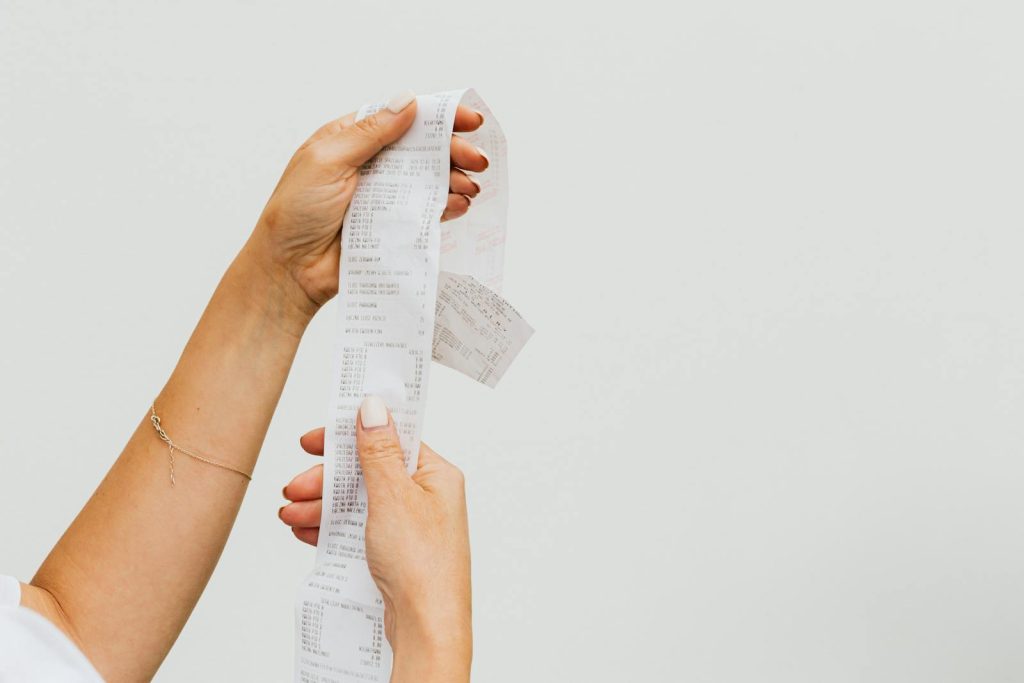
With rising food costs, many people are searching for reliable ways to lower their grocery bills without compromising on quality. While some suggest eating bargain-brand foods or reusing plastic bags, these methods offer only minimal savings.
The good news? There’s a proven system that can help you slash your grocery expenses by 50% or more—without sacrificing your favorite brands. By applying smart shopping techniques backed by experience and expertise, you’ll start seeing real savings from day one.
1. The Power of Coupons: A Misunderstood Money-Saving Tool
Many people believe that coupons are either ineffective or that they increase product prices. This is a myth. Coupons are a powerful tool when used correctly. Here’s how to maximize their benefits:
- Organize Your Coupons Efficiently: Purchase a set of envelopes and categorize them based on the food and household products you buy regularly. You can label them broadly (e.g., “vegetables”) or specifically (e.g., a separate envelope for each brand of canned vegetables).
- Collect Coupons from Multiple Sources:
- Sunday Newspapers: These often contain valuable coupon inserts. If you find multiple coupons you’ll use, buying a second newspaper can quickly pay for itself.
- Manufacturer Websites & Apps: Many brands offer digital coupons directly through their websites or via grocery store apps.
- Coupon Swap Groups: Some online forums and local communities allow people to trade coupons they don’t need for ones they do.
2. Timing is Everything: Match Coupons with Sales
Saving money isn’t just about collecting coupons—it’s about knowing when to use them.
- Monitor Weekly Sale Flyers: Every week, grocery stores release advertisements showcasing discounts. When an item you have a coupon for goes on sale, that’s the perfect time to buy.
- Understand Store Policies: Some stores allow you to use multiple coupons on the same product if they are from different sources (e.g., a store coupon + a manufacturer coupon).
- Leverage “Double Coupon” Offers: Certain grocery stores double the value of coupons up to a specific amount (typically 50 cents). This means a 50-cent coupon becomes $1. If you combine this with a sale, you can get products for pennies—or even free!
3. Smart Shopping Habits to Reduce Impulse Buying
Even with coupons and sales, bad shopping habits can still drain your budget. Keep these expert-backed strategies in mind:
- Create a Shopping List and Stick to It: Before heading to the store, plan your meals and write a list of the items you need. This prevents impulse purchases that inflate your bill.
- Never Shop Hungry: Studies have shown that shopping on an empty stomach leads to buying unnecessary (and often expensive) items. Have a small snack before heading out.
- Buy in Bulk When It Makes Sense: If a staple item is on sale and you have coupons, buying in bulk can result in significant savings over time.
4. The Hidden Savings of Rebates
Beyond coupons, rebates offer another level of savings—sometimes even allowing you to turn a profit on your grocery purchases. Here’s how to maximize them:
- Save Product Packaging: Some rebates require proof of purchase, such as a product label or UPC code. Keep these organized in a small box or folder.
- Keep Your Receipts: Many rebate offers require a copy of your receipt as proof of purchase. Store receipts in an envelope or scan them into a digital app.
- Look for Rebate Offers Regularly: Many manufacturers offer cash-back promotions. Sign up for rebate apps like Ibotta, Rakuten, or Checkout 51 to find extra savings on products you already buy.
5. Combining Coupons and Rebates for Maximum Savings
For extreme savings, stack coupons with rebates. Here’s an example of how this strategy works in real life:
- You have three 15-cent coupons for a canned vegetable that usually costs 79 cents.
- The vegetable goes on sale for 69 cents at a store that doubles coupons (making each coupon worth 30 cents).
- You buy three cans, reducing the cost to 39 cents per can (69 cents – 30 cents).
- A few weeks later, the manufacturer offers a $1.50 rebate for buying three cans.
- Submitting the rebate means you get paid 33 cents for purchasing the vegetables!
When you apply this technique across multiple purchases, you not only reduce your grocery bill significantly—you could even make money!
6. The Long-Term Benefits of a Smart Grocery Shopping System
At first, setting up this system may feel overwhelming. However, once you establish a routine, it becomes effortless. The benefits include:
Consistent Savings: By combining coupons, sales, and rebates, your grocery costs will shrink month after month.
Better Financial Management: Sticking to a structured shopping plan helps prevent unnecessary spending and waste.
Higher Quality Groceries for Less: You can still enjoy brand-name products at a fraction of the cost.
Final Thoughts: Start Saving Today!
Cutting your grocery bill by 50% (or more) is absolutely possible with the right strategy. By using coupons effectively, timing your purchases with sales, and stacking rebates, you can maximize savings without sacrificing quality.
Are you ready to slash your grocery bill? Start collecting coupons, tracking sales, and watching for rebates today—you’ll be amazed at how much you can save!

Guys, if you want to Learn and Earn at the same time Please see the attached link. This is crazy but TRUE!
We have Professional Classroom base seminar.
Sample: Franchise Seminar, WAllet Therapy, Marketing, etc (Please see the website for details.)
|As members you can sponsor financially challenge people for education.
just let me know, text me 09065262011.
http://cristelann.wealthawareness.net/fru/pg/40294/mitem/18686/default.aspx